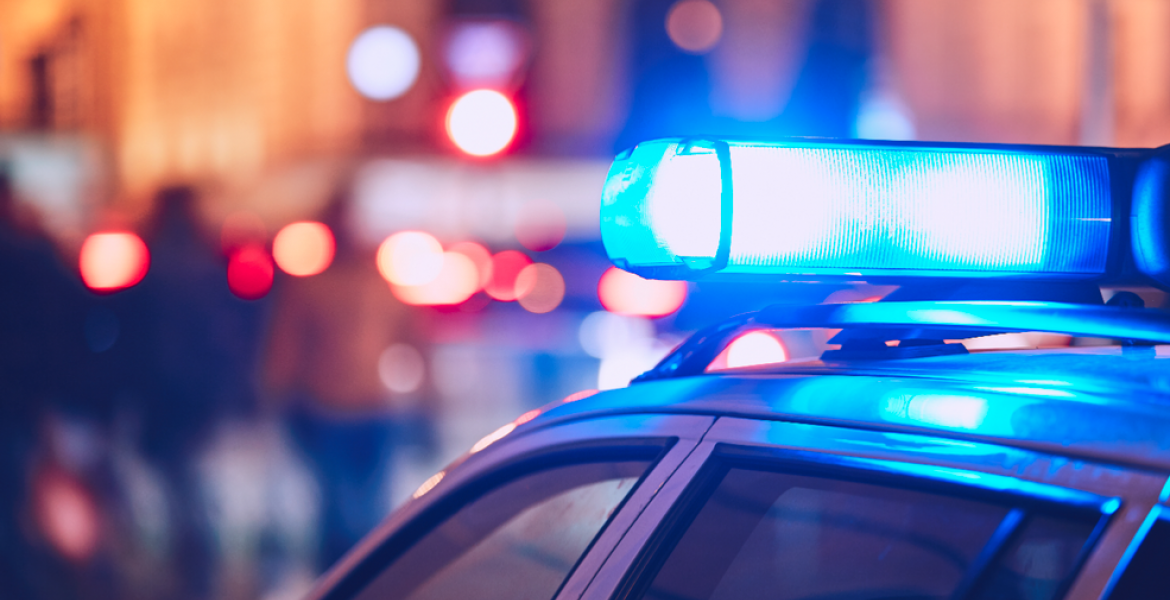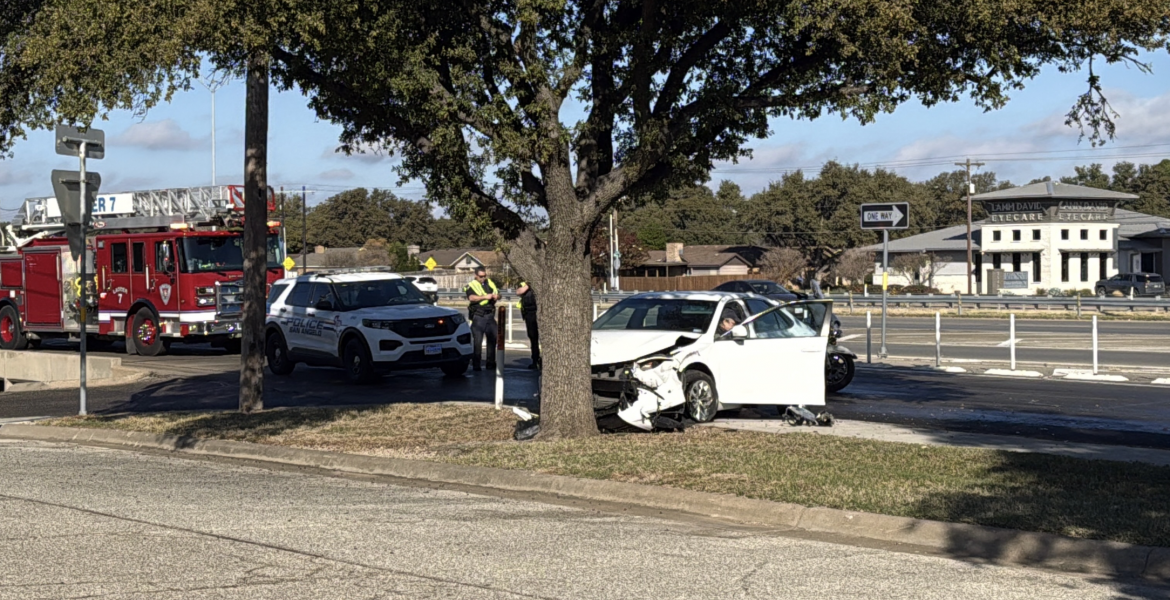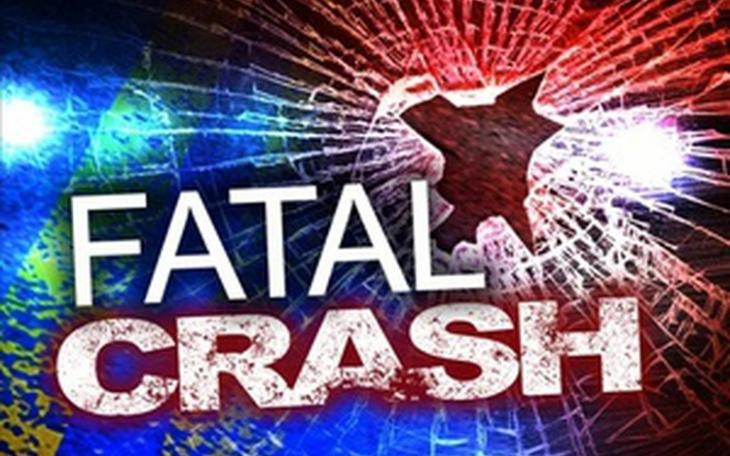The San Angelo Police Department and Clear Talk Wireless joined forces on Wednesday morning to unveil a new app developed by the Clear Talk marketing team called “Text Ya Later”, an app designed to discourage motorists from texting and driving.
The app, which is currently only available on Android, seeks to remove the temptation of looking at messages behind the wheel by shutting off all notifications and responding to text messages with a customizable response such as, ‘Text ya later. I’m driving’. The app also has the capability of communicating the driver’s location to friends and family who may receive the automatic responses so they are aware where the person they are trying to reach is.
“We see driver inattention crashes occur often across the state—across the United States,” Police Chief Tim Vasquez said at a Wednesday press conference. “We hear horrific stories of fatalities that occur where someone was texting. We see it often when we’re driving…you see someone texting or on the phone or Googling, or eating a hamburger or putting make-up on—I’ve seen that usually on the loop coming to work. But it’s something that we see everyday and it’s very, very important not just to the young people in our community, but to the adults and everyone that has a smartphone.”
Clear Talk is marketing the free app to everyone, but has placed a special focus on teen drivers and their parents, who may be more inclined to use their phones while on the road.
Territory Manager Mario Munoz of Clear Talk said he has personal experience with cell-phone-related driver inattention, and is therefore pushing awareness of the app to the public. “Texting and driving is something that we see too much of,” he said. “It really hits home for me. I used to be a teacher; I lost a couple of students to texting and driving. It’s one of those things I wish we didn’t have to see at all.”
Since launching the app roughly a week ago, it has reached roughly 100 downloads and those numbers are anticipated to climb.
“I think one of the best features on this is that it will not let you do anything else,” Munoz said. “If you disable the app to make phone calls, check your email, if you do absolutely anything that turns the app off. If you’re a parent and you text your kid because you know they’re driving and you don’t get that automatic response, you know they’ve been doing something.”
Currently, cell phone use while driving is prohibited only in school zones in San Angelo, and while it is known to contribute to crashes, empirical data is difficult to obtain.
“If we have an accident and we below someone might have been texting…we can’t acquire a search warrant for a Class C Misdemeanor to look at their phone and determine if they were sending a text,” Vasquez said.
Sergeant Korby Kennedy, head of the SAPD’s Traffic Division, estimates that roughly 20 percent of crashes in the city are caused by some sort of cell phone use. Short of someone admitting to texting or telephoning—a real rarity—police cannot prove that a phone was a contributor to the crash, he said.
“Driver inattention can encompass so much, but I think the difference is that with cell phones and all that becoming more than it was 15 years ago…Now it’s a fact of life rather than a luxury, so now we’re on the phone constantly,” he said.
“We get reports where the driver involved in the crash [says], ‘Hey, they were on the phone’. Well, unless we have that, there’s no way to prove it unless we search that phone and you have to have a warrant to do that.”
As recently as Tuesday, traffic investigator Stephen Quade said he was working a crash that appeared to have involved cell phone use. One of the drivers, he said, was reaching for his phone on the floorboard when he arrived on scene.
Crashes are often “contagious”, Quade and Kennedy agreed, many times mounting in five or six at the same time that are all directly related to the initial call.
“Here’s a phenomenon that I’ve noticed…” Kennedy said. “They’re not getting on the phone, they’re turning on their cameras because they want to get a picture, they want to get that video so they can put it on YouTube, put it on their Facebook. I see more of that than I do anything, especially on a major crash.”
While the individual holding the phone may not become involved in an accident, their actions may result in a crash 200 yards back, Kennedy said.
Bottom line: don’t phone and drive, read San Angelo LIVE!
The idea of banning cell phone use while driving altogether has been kicked around in public forums and discussions by community members, however implementation and enforcement can be problematic Vasquez said, who admits the topic is “touchy”.
Citing Amarillo and other cities that have implemented such an ordinance, Vasquez notes difficulties in enforcement such as hands-free applications that run through the vehicle and the permission to dial but not text in some communities.
“…when you look at texting while driving, if I’m a patrolman and I pull up to a vehicle, I have to be able to determine that that’s what that person is doing,” he said. “Sometimes they allow them to dial a phone number, so they could be dialing a phone number.”
Regardless of whether prohibited or permitted, driver inattention due to cell phone use remains a heavy contributor to crashes nationwide and should be avoided, authorities advise. The Text Ya Later app will be able sometime soon for iOS users.
Subscribe to the LIVE! Daily
Required






Post a comment to this article here: